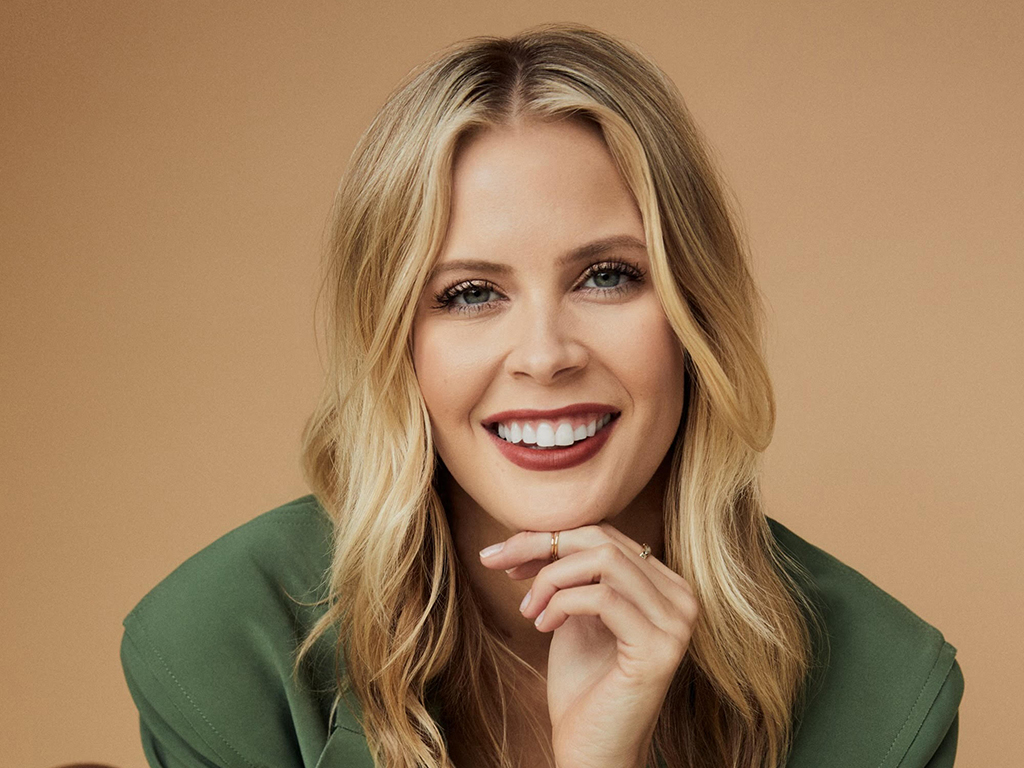For venture capitalist and angel investor Brianne Kimmel, what started as a genuine interest in bringing people together and deepening communities ultimately turned into a full-fledged career.
Today Kimmel serves as founder and managing partner of Worklife Ventures, a venture capital firm “designed for the new era” that invests in tools that power flexible, joyful and creative work.
To date, Kimmel has backed nine unicorns (startups valued at more than $1 billion), including Deel, Webflow and Hopin. In 2022, she launched Worklife Studios in Los Angeles’ Silver Lake neighborhood. It’s a “first-of-its-kind community space designed in collaboration with artists, chefs, designers and remote workers,” according to Worklife’s website.
“Being a woman in the industry just gives me a very different outlook, and the skills that I’m able to provide are very different as well.”
The current landscape of female venture capitalists
When looking at the current landscape of venture capital, there’s not a whole lot of diversity, particularly in terms of gender. Women make up around 11% of investing partners at VC firms in the United States, with approximately 13% of VC funds allocated to startups with a woman on the founding team, according to the Women and Public Policy Program of Harvard Kennedy School.
Kimmel has faced her fair share of criticism on her ascent to founding Worklife. She says it’s not uncommon to be mistaken for somebody’s assistant or an intern at conferences—people have asked her to get them coffee. And yet, her numbers speak for themselves. At the time of publication, Worklife Venture’s $12 million fund is now valued at $54.9 million, returning the fund in less than four years in business.
How to become a female venture capitalist
Looking back on her own journey, Kimmel sees five ways other aspiring female VCs can pave their way and learn how to be a venture capitalist.
1. Lean into your super skills
In adulthood, women are told to “trust their gut,” but the reality is that many girls are raised to be compliant, compromising and pleasant. For Kimmel, she experienced firsthand how important it is to embody a true sense of self and to be grounded in your vision.
Instead of trying to fit in among other male VCs, Kimmel carved her own path. “Being a woman in the industry just gives me a very different outlook, and the skills that I’m able to provide are very different as well,” she says. In Kimmel’s case, she’s an expert at community-building and great at connecting people. Aside from the traditional cold email and the less traditional direct message through X, formerly known as Twitter, Kimmel became a pro at hosting founder dinners early in her career. “If you pull together a dinner or if you make an intro, those sort of things go really far because, when you’re busy building a company, it’s hard to find your tribe and meet new people who can be helpful,” she explains.
2. View venture capital through the lens of hospitality
Most of Kimmel’s inspiration for how she works doesn’t come from Wall Street or any sort of books on investing; it comes from studying the hospitality industry. “There’s a reason why companies want more female investors involved in the company,” she says. “We bring a different perspective to the conversation, and I’m personally committed to hiring, mentoring and retaining women at the company.”
In all of her interactions with founders, Kimmel looks for ways in which she can help. “Starting a company is incredibly stressful, especially for the primary caregiver at home,” Kimmel says. “I make an intentional effort to invite spouses to dinners and host kid-friendly activities throughout the year.”
3. Talk openly (and often) about money
Money can be a tricky topic to broach, and Kimmel has seen that, while many women are great at managing their own finances, they don’t talk as openly about money as their male counterparts. “Having the discussion about money is really important,” she says. “I always encourage women to talk about how much you’re making; ask your friends who are in similar roles how much they’re making. I think we all need to help each other out.”
That said, Kimmel hints at an uptick in financial literacy among Gen Z and future generations. There are people on TikTok sharing their money advice, and there are new apps and ways for people to start investing. “I think that we’re trending towards a more equitable future,” Kimmel says. “But, you know, I think being on the front lines and really helping companies shape that culture is really important, too.”
4. Empower other women to feel seen
Instead of fighting for seats at the table, Kimmel takes a more collaborative approach. She has seen many women ultimately leave the industry because company culture wasn’t supportive enough for them, in particular women who are planning for families and looking at maternity leave policies. “We’ve also seen women go work on other stuff and work in other spaces where there’s more women, and so, I think step one is helping every woman feel seen, and then find ways to build that into your company’s culture,” she says.
As part of her mission to make tech more welcoming and equitable for women, Kimmel makes a commitment to help her portfolio companies attract and retain female engineer talent. “Women breaking into tech are coming from college campuses where they had a ton of female friends, lived in the girls’ dorm and many were involved in campus groups where they had a community…. There’s just all of these different scenarios where it’s kind of a culture shock when you enter into a mostly male world,” she says.
5. Embrace AI to focus your efforts
In order to lean into your super skills, you need to start saying “no” more and automating manual tasks with AI. “In the corporate world, one of the challenges that women always face is we want to be seen, and we do want to be recognized for the quality of our work,” Kimmel says, adding that, many times, women end up picking up even more projects like planning the company off-sites or almost operating as admin for teams. “There are ways we’re starting to see automation take shape where it’s actually helping women,” she says. “We’re not responsible for taking notes in a meeting and all of the other mundane tasks that somehow always fall on the plate of the woman in the room.”
This article originally appeared in the March/April 2024 issue of SUCCESS magazine. Photo by Evan Mulling/Courtesy of Brianne Kimmel.




